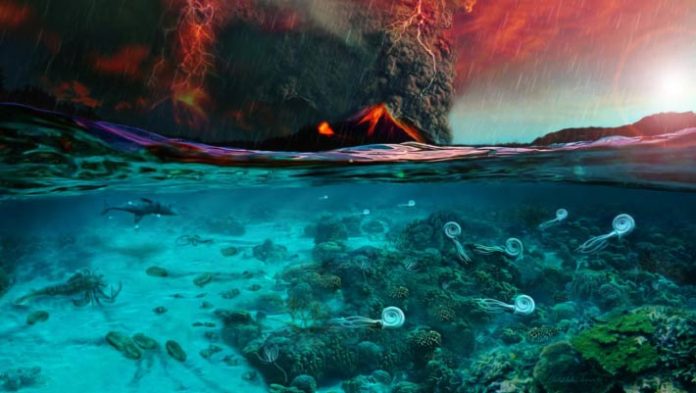Methane produced by methane-producing archaea called Methanosarcina caused the end-Permian extinction event according to new research conducted by Massachusetts Institute of Technology professor of geophysics Daniel Rothman and colleagues that was reported in the edition of the journal Proceedings of the National Academy of Sciences.
The researchers base their conclusions on geological and biochemical evidence.
Methanosarcina have been shown to have acquired a fast means of producing methane through gene transfer from another microbe. The timing of the new methane producing ability in Methanosarcina coincides with the end-Permian extinction event.
In order to produce the volumes of methane required to kill 90 percent of the life on Earth, Methanosarcina required nickel as a catalyst. The researchers show that the timing of the most extensive volcanic eruptions in Earth’s geological record in Siberia was the source of the nickel.
The growth of gargantuan colonies of Methanosarcina also explains the explosive increase of carbon in the end-Permian atmosphere.
This new theory of the causes of the end-Permian extinction event covers all the presently known facts. The involvement of asteroids or comets is completely eliminated. The smallest of creatures were the cause of the greatest harm.
The researchers draw parallels between the end-Permian atmospheric composition and present atmospheric conditions that have lead to climate change.















